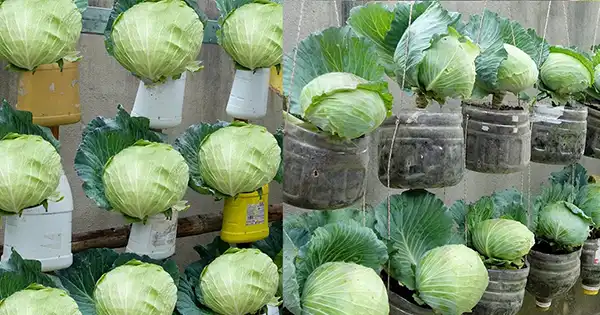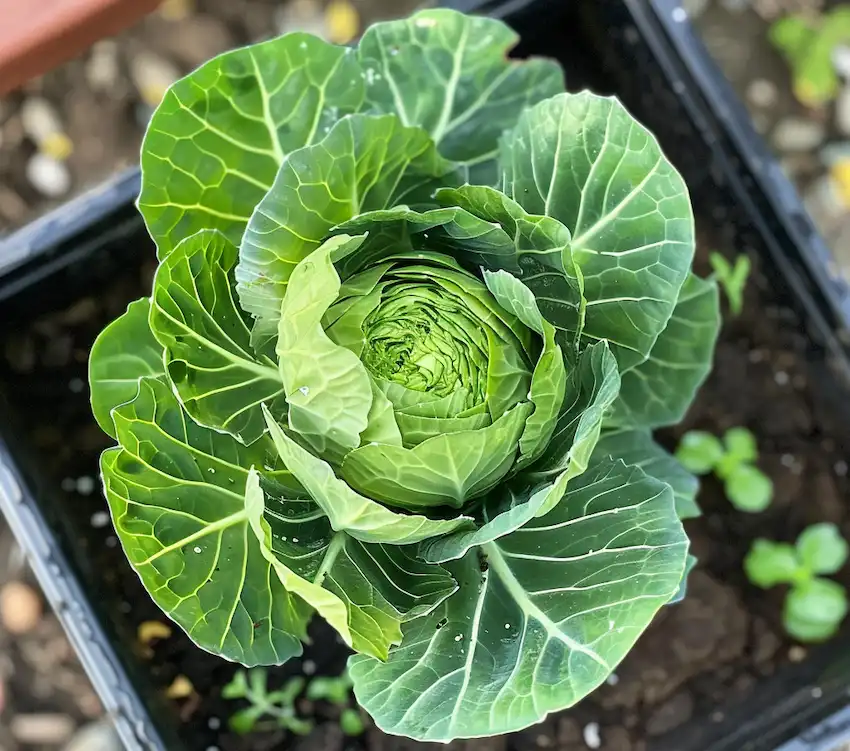Growing Cabbage at Home in Containers: A Comprehensive Guide

Growing your own cabbage at home in containers is a fantastic way to enjoy fresh, nutritious produce without needing a large garden. With the right techniques and care, you can successfully cultivate this versatile and leafy vegetable right on your balcony, patio, or windowsill.
Section 1: Choosing the Right Container
Start by selecting a suitable container. Cabbage plants have shallow root systems, so a container that’s at least 12 inches deep and 12 to 18 inches wide is ideal. Make sure the container has drainage holes to prevent waterlogging.
Section 2: Selecting the Right Variety
There are various cabbage varieties available, such as green, red, savoy, and Napa cabbage. Choose a variety that suits your taste preferences and the available space.
Section 3: Soil and Fertilizer
Use a high-quality potting mix that’s well-draining and enriched with organic matter. Cabbage plants thrive in slightly acidic to neutral soil (pH around 6.5 to 7.0). Mix in a slow-release balanced fertilizer or compost before planting.
Section 4: Planting
- Fill the container with the prepared potting mix, leaving about 2 inches of space below the rim.
- Plant cabbage seeds or seedlings according to the package instructions. Space the plants about 12 to 18 inches apart, depending on the variety.
- Gently water the soil after planting to ensure good seed-to-soil contact.

Section 5: Care and Maintenance
- Watering: Keep the soil consistently moist but not waterlogged. Cabbage prefers even moisture, so water when the top inch of soil feels dry.
- Light: Place the container in a location that receives at least 6 hours of sunlight per day. If natural light is limited, consider using grow lights.
- Thinning: If you’ve planted cabbage from seeds, thin the seedlings once they have a few true leaves, leaving the strongest ones to grow.
Section 6: Pests and Diseases
- Pests: Watch out for common cabbage pests like aphids, cabbage worms, and slugs. Use physical barriers, companion planting, or insecticidal soap to manage them.
- Diseases: Cabbage can be susceptible to diseases like clubroot and black rot. Practice crop rotation and avoid overhead watering to prevent these issues.
Section 7: Harvesting
Cabbage is ready for harvest when the heads feel firm and have reached the desired size. Cut the head off at the base using a sharp knife. Outer leaves can also be harvested gradually without harming the plant’s growth.
Section 8: Additional Tips
- To encourage strong growth, consider applying a balanced liquid fertilizer every 3 to 4 weeks.
- Mulch the soil surface to conserve moisture and suppress weeds.
- Regularly inspect your cabbage plants for any signs of pests or diseases and take prompt action if needed.
- Rotate your cabbage crops each year to prevent soil-borne diseases.

Growing cabbage at home in containers is a satisfying way to experience the joys of gardening, even if you have limited space. By following these steps and providing proper care, you can enjoy a bountiful harvest of fresh, delicious cabbage right on your doorstep.



















